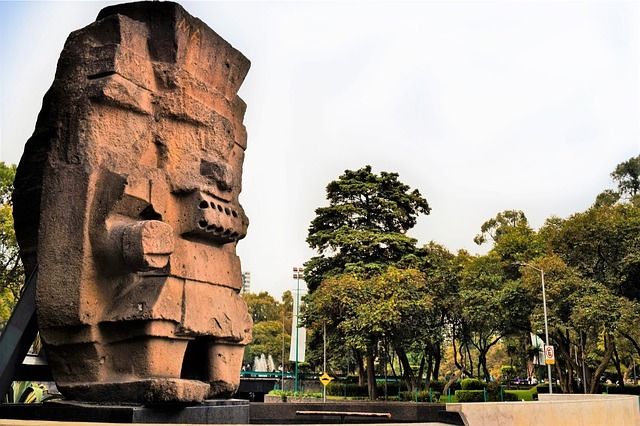This is how the cult of Tlaloc persists in central Mexico
Worship of deities such as Tlaloc is still alive and well among the peasant communities of the state of Morelos more than 480 years after the conquest of Mexico. Find out what it is.

More than 480 years after the conquest of Mexico, the worship of deities such as Tlaloc is still alive among the peasant communities of the state of Morelos. In charge of bringing beneficial weather for the crops and defending them from the "bad winds", the idolatry to the "God of rain" is an example that the Mesoamerican cosmovision has not disappeared, nor is it in the process of being lost.
To date, agricultural societies are strongly rooted in a series of ideas and beliefs around the deities of rain, so much so that communities in the center of the country still make offerings to the caves that exist near the planting fields, because they keep the idea that the water spirits live there.
These same spirits, known in some places as ahuizotes or weather workers, are the ones to whom offerings should be made, since it is believed that through their intercession crops are harvested or storms are unleashed, due to the condition of the people linked to the earth concerning nature and the supernatural.
Incense, flowers, or plants with protective properties mixed with prayers are part of these rituals, which, although different from those practiced more than 400 years ago, keep the same essence: to procure new harvests to avoid famine and shortages in the field.
As the years went by, different elements were integrated into the offerings, some of them belonging to Christianity. In some cases, the worship of a pre-Hispanic deity was replaced by a Catholic saint, as in the case of St. Michael the Archangel, who is believed to have inherited the powers of Tlaloc to fight against the "bad winds" and open the storm.
The fusion of traditions was possible thanks to the fact that some celebrations of the Christian calendar were linked to the pre-Hispanic festivities dedicated to the gods, as in the case of the worship of Tlaloc, between June and September, which coincided with the festivities in honor of St. John or St. Michael the Archangel.
An example of this type of ritual, where the worship to Tlaloc and the veneration to a saint are combined, is the one observed in the state of Morelos, known as "la acabada", in which the inhabitants besides celebrating a religious mass in honor to San Lucas, also perform a ritual to offer to the "God of the rain", which is verified in places where there are or were water eyes to thank for the harvest.
The elders are the heirs and depositaries of this series of traditions, and therefore in charge of transmitting them to prevent them from being lost. Although as long as there are cultivated fields, these types of rituals will continue to be present in rural life because of the meaning they hold.
However, the growth of the urban stain and migration are factors for the oblivion of these traditions. If there is no land to plant, customs are lost, not intentionally, but circumstantially, because in the new urban centers there is no place to apply them. When people move to the big cities as workers, they automatically lose contact with the land and therefore with the beliefs, with the supernatural, and even with the rituals they used to perform.
This type of rituals are especially linked to the rainy season, that is, to the agricultural cycle, but they are also performed at Easter or at some other time of the year, when Tlaloc is needed to protect from bad winds and to avoid tragedies, as in the case of floods.




